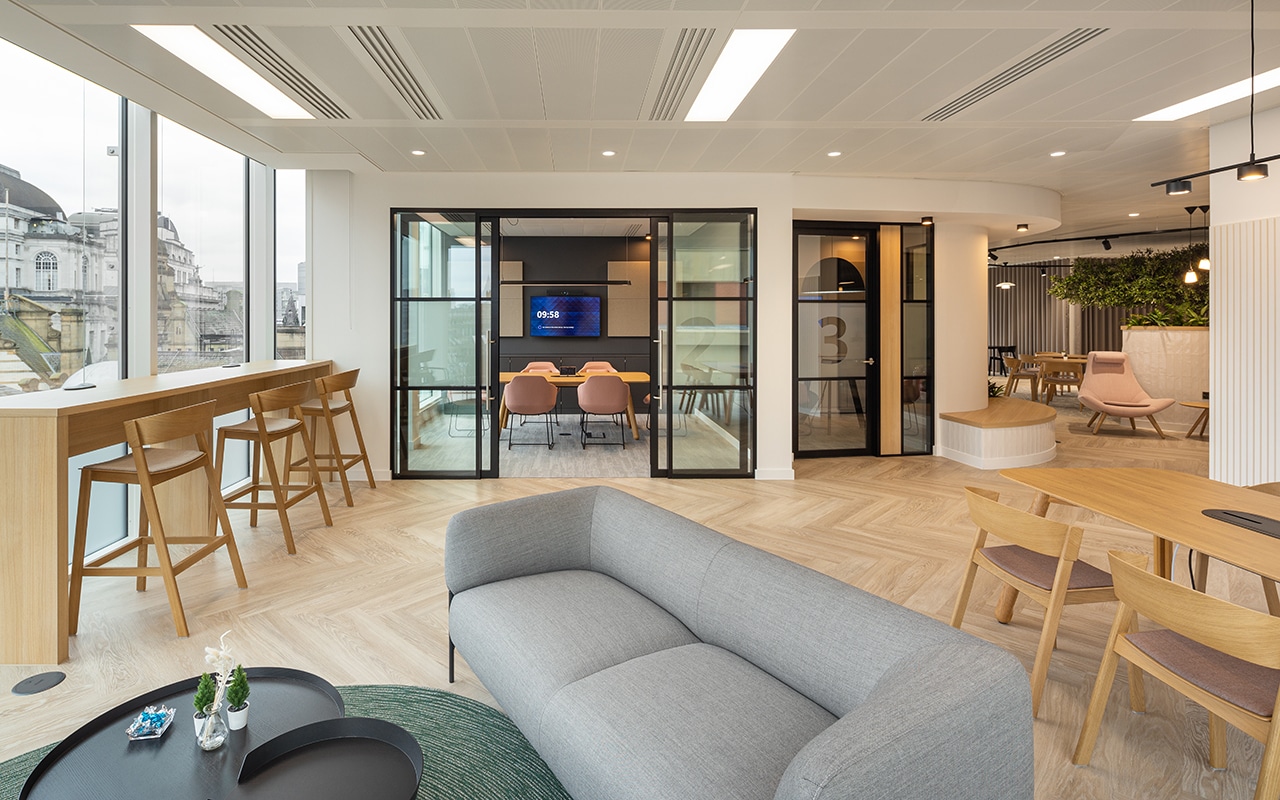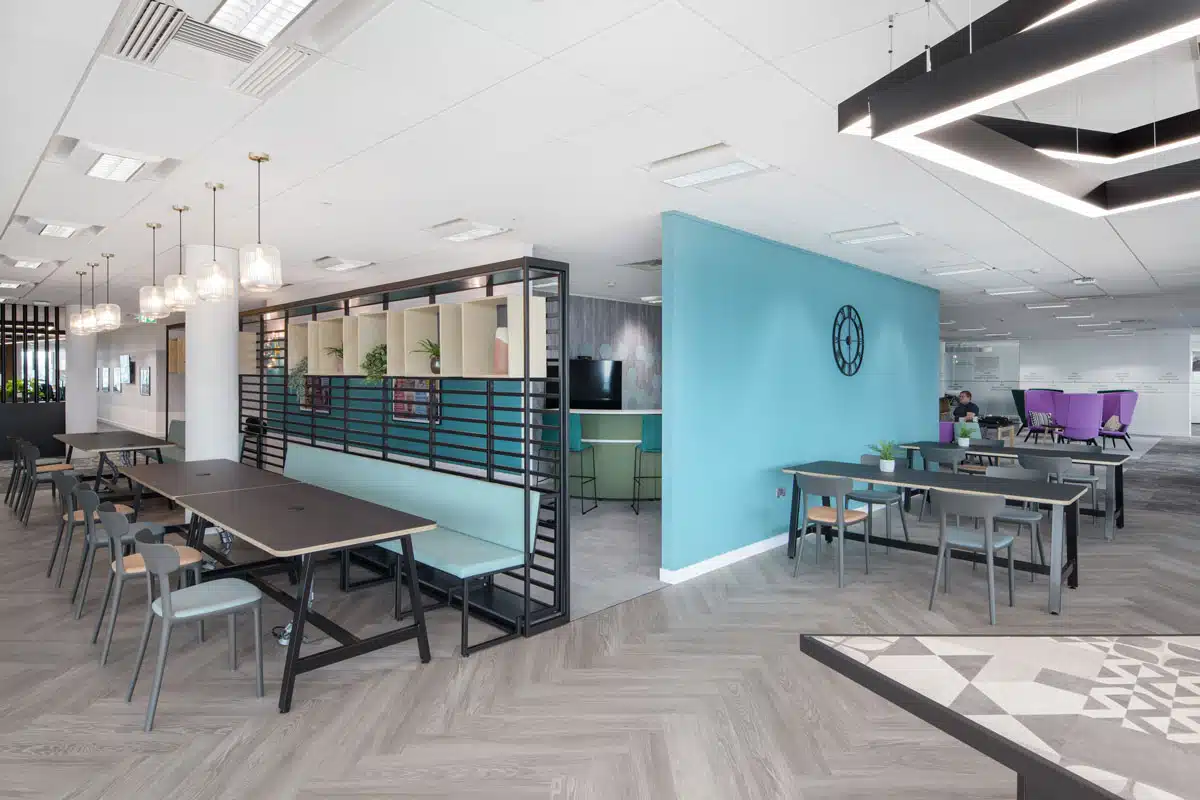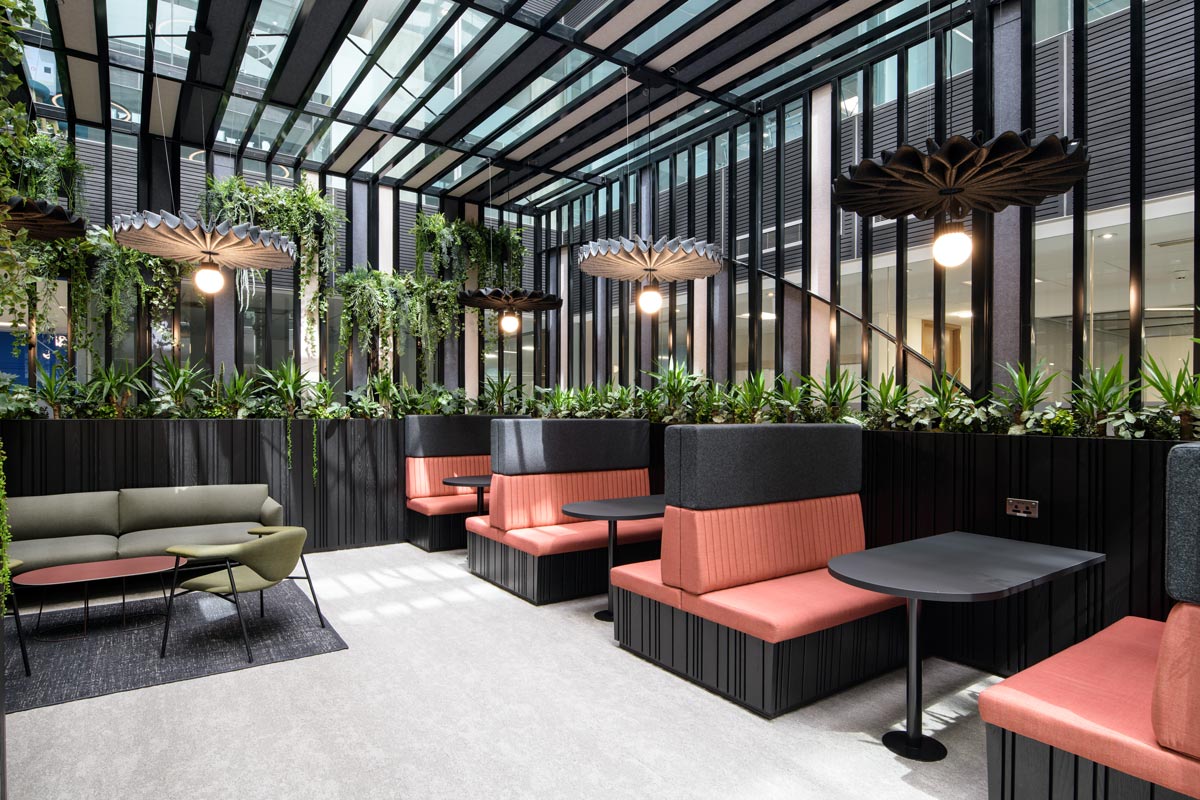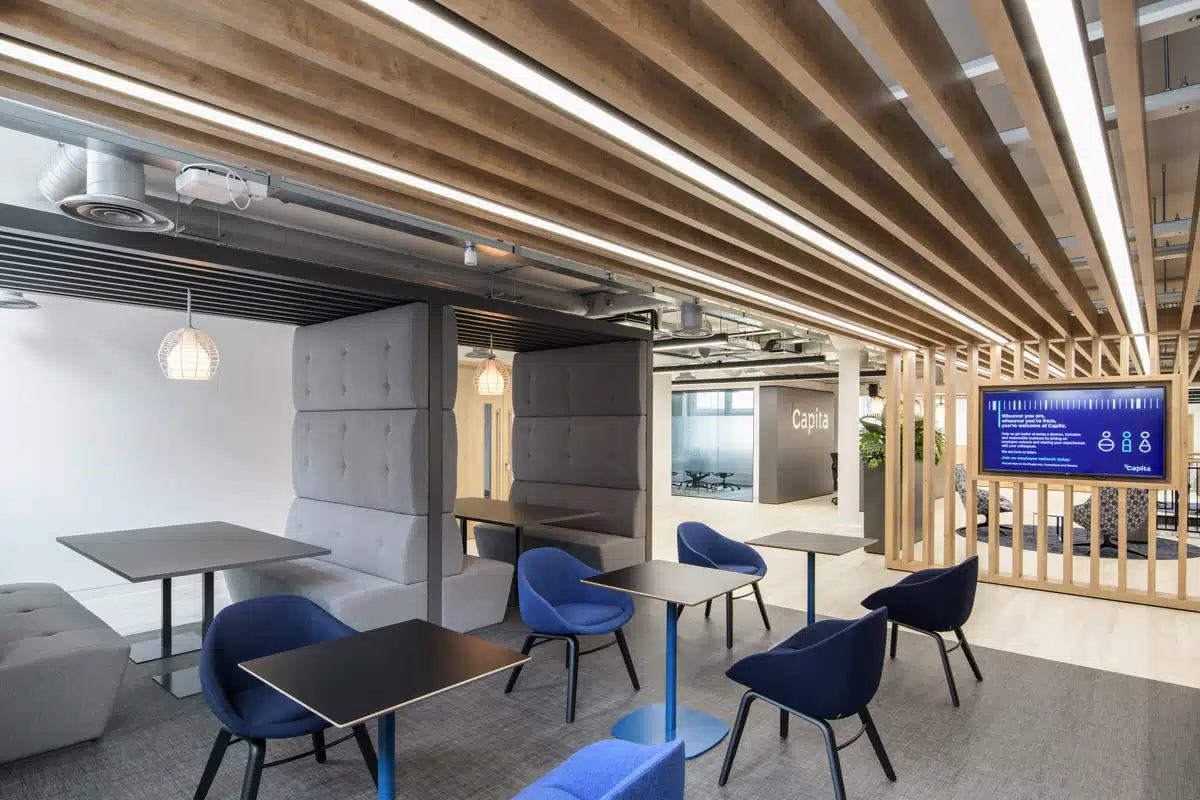Office design has a powerful impact on how people think, work, and decide. From layout and lighting to technology and acoustic control, every element of a workspace contributes to how employees process information, maintain focus, and collaborate effectively. Businesses that understand this link can use workplace design as a strategic tool — one that not only reflects company culture but also drives better decisions and sustained performance.
This article explores how spatial planning and behavioural design combine to support clear thinking, deeper concentration, and better decision-making.
Understanding Choice Architecture in the Workplace
The concept of choice architecture refers to how the design of a space can influence behaviour without forcing it. In an office, that might include:
- Placing quiet zones away from thoroughfares to support concentration
- Locating collaborative spaces close to shared amenities to encourage spontaneous discussion
- Designing natural flow routes that reduce friction and decision fatigue
These subtle cues help guide employees towards better habits and outcomes. A thoughtfully designed space nudges users toward the right behaviours — increasing efficiency without the need for formal restrictions.
Zoning for Clarity and Cognitive Ease
Clear zoning is one of the most effective ways to support different working styles. Rather than a one-size-fits-all approach, modern offices benefit from offering a mix of areas that serve distinct purposes. These may include:
- Focus zones: Enclosed or acoustically treated areas for solo, high-concentration work
- Collaboration areas: Flexible seating arrangements designed for idea-sharing and team sessions
- Touchdown spaces: Informal work points for hybrid or visiting staff
- Private booths: Compact areas for confidential calls or personal reflection
By providing variety and flexibility, employees can self-select environments that match their task — improving comfort, reducing decision fatigue, and boosting output.
Lighting, Materials, and Sensory Experience
The physical atmosphere of a workspace plays a critical role in how people feel and perform. Natural light, calming colour palettes, biophilic elements, and high indoor air quality all contribute to cognitive performance.
- Natural light has been shown to improve mood, alertness, and decision-making
- Cool white lighting in focus areas enhances mental clarity
- Greenery and natural textures reduce stress and promote calm thinking
Noise levels are equally important. High background noise can cause fatigue and decrease accuracy. Using acoustic baffles, zoning, and sound masking systems can greatly improve concentration across teams.
How Layout Influences Decision-Making
Open kitchens, social hubs, and visible leadership zones can shape communication flow and transparency. These features often result in faster informal decisions and stronger alignment across departments.
Encouraging movement throughout the day — by incorporating sit-stand desks, breakout spaces, or wellness rooms — can refresh attention and encourage clearer thinking. A varied physical journey during the working day contributes to mental agility.
Moreover, layouts that align with team structures and workflows help reduce unnecessary complexity. When wayfinding is simple and space supports the rhythm of the business, it becomes easier to stay focused on the task at hand.
Technology That Supports Focus
Modern workplaces should be designed with both physical and digital workflows in mind. By embedding technology into the fabric of the office, distractions are minimised, and employees can make decisions more effectively. Consider:
- Integrated AV systems for seamless hybrid meetings
- Smart booking tools to reduce scheduling conflicts
- Ergonomic desks and docking stations for quick setup
When technology works smoothly within the environment, it eliminates bottlenecks — freeing up mental bandwidth for more meaningful tasks.
Empowering Employees Through Environmental Control
Autonomy in the workplace is strongly linked to motivation and wellbeing. Offices that give employees a degree of control — such as adjustable lighting, temperature zones, or workspace choices — foster better performance.
This level of control also reduces reliance on external prompts or managerial interventions. When individuals can shape their environment to meet their needs, decision-making becomes more confident and efficient.










